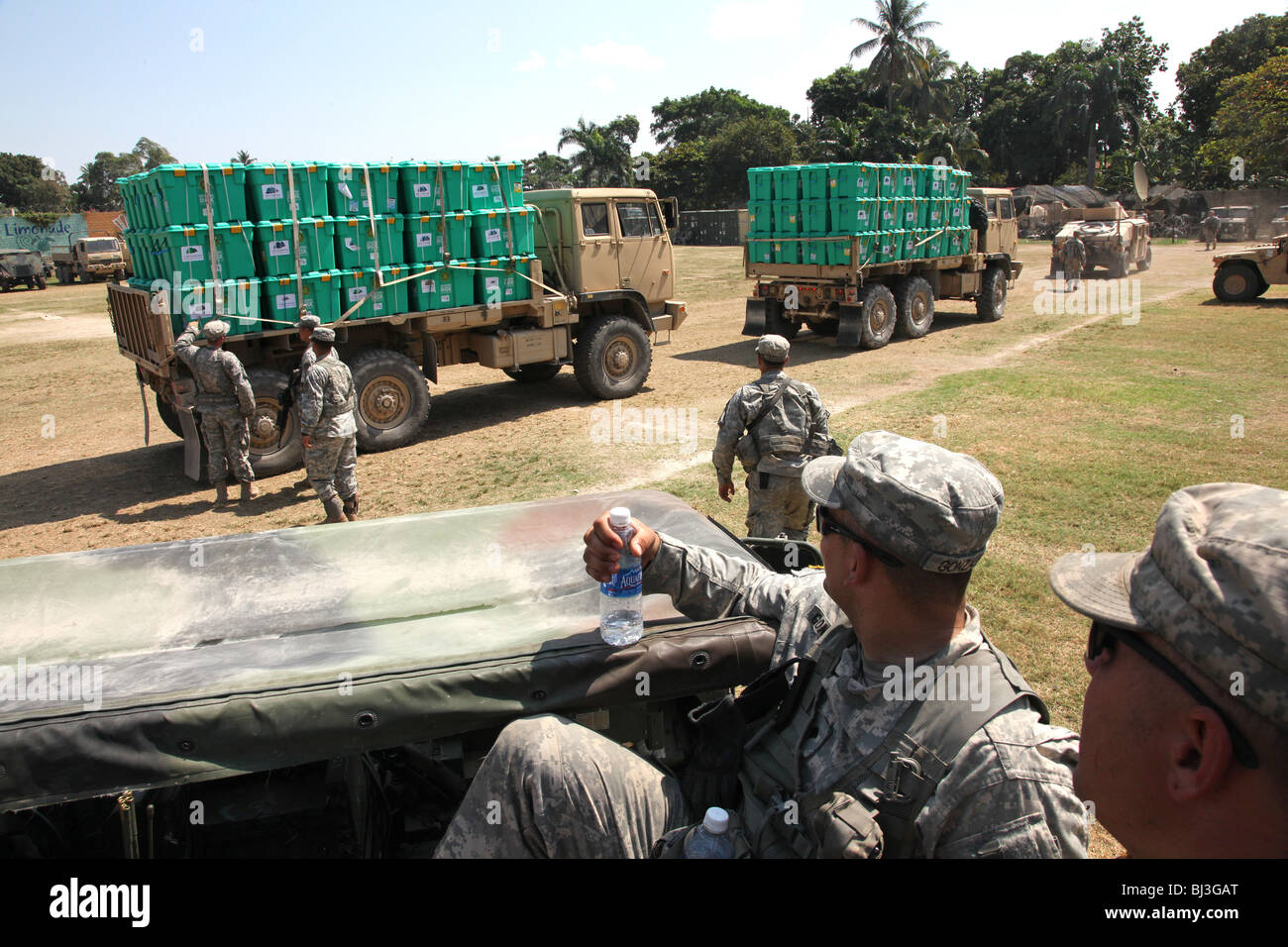
This study resulted in a prototype vehicle, the 90 mm Gun Motor Carriage T53, which placed the 90 mm gun in an open mounting at the rear of an M4 Sherman chassis. In late summer 1942 American engineers had begun examining the potential of a new tank destroyer armed with a 90mm gun. tank destroyer, the M10 tank destroyer, was rapidly becoming obsolete, because its main armament, the 3-inch gun M7, had difficulty defeating the thick frontal armour of these new tanks past several hundred yards. With the advent of heavy German tanks such as the Panther and Tiger, the standard U.S. The idea was to use speed and agility to bring a powerful self-propelled anti-tank gun into action against enemy tanks. Though equipped with turrets (unlike most self-propelled anti-tank guns of the day), the typical American design was more heavily gunned, but more lightly armored, and thus more maneuverable, than a contemporary tank. This led to a requirement for fast, well-armed vehicles. They were to be held as a reserve at the corps or army level, and were to move quickly to the site of any massed enemy tank breakthrough, maneuvering aggressively and using ambush tactics (charging or chasing enemy tanks was explicitly prohibited) to destroy enemy tanks. Tank destroyer units were meant to counter German blitzkrieg tactics.

tanks were expected to fight any hostile tanks they encountered in their attack, but the mission of defeating massed enemy armored counterattacks was assigned to a new branch, the Tank Destroyer Force. Separate GHQ tank battalions would support infantry in destroying fixed enemy defenses, and armored divisions would then exploit the breakthrough to rush into the enemy's vulnerable rear areas. combined arms doctrine on the eve of World War II held that tanks should be designed to fulfill the role of forcing a breakthrough into enemy rear areas. The vehicle is also known under the unofficial nickname Jackson, but this designation appears to be a postwar appellation that was never used by the US Army. Two remained in service with the Republic of China Army at least until 2001.

Some were supplied to South Korea as part of the Military Assistance Program and served for years, as did re-engined examples found in Yugoslavia, which operated into the 1990s. It also saw use in the Korean War, where it was able to defeat any of the Soviet tanks used in that conflict. Conceived in 1943, the M36 first served in combat in Europe in October 1944, where it partially replaced the M10 tank destroyer.


The M36 combined the hull of the M10 tank destroyer, which used the M4 Sherman's reliable chassis and drivetrain combined with sloped armor, and a new turret mounting the 90 mm gun M3. The M36 tank destroyer, formally 90 mm Gun Motor Carriage, M36, was an American tank destroyer used during World War II.


 0 kommentar(er)
0 kommentar(er)
